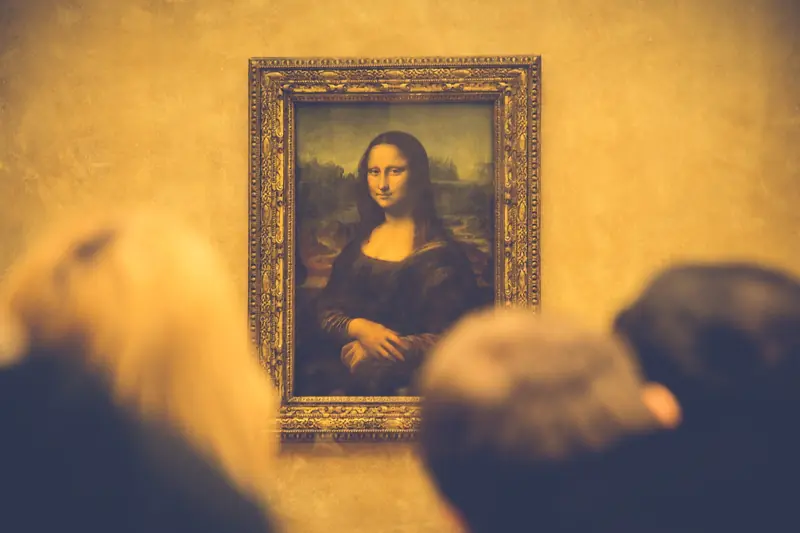
Leonardo da Vinci is well-known for his experiments with the substances used in the ground and base composition of paints. A new discovery by scientists has focused on identifying a mixture of toxic pigments in the iconic painting by the renowned Italian artist, the “Mona Lisa,” or “La Gioconda” (1503).
French, British, and Dutch chemists extracted a tiny sample from a hidden corner of the painting. They then analyzed its composition using X-ray diffraction and infrared spectroscopy.
The team discovered not only oil and lead white but also a rare compound called plumbonacrite. This compound forms as a result of the interaction between oil and lead oxide (PbO).
What Else Did the Scientists Discover?
According to the researchers, Leonardo da Vinci likely coated the wooden panel on which he painted with a thick layer of lead white. He would then add lead oxide to the oil.
So, while this is not mentioned in his writings, it seems that the Renaissance master used lead oxide for priming. Hypotheses about this had been proposed before, but now experts have direct evidence of such experiments by Leonardo, as reported by Science Alert.
The artist heated lead oxide and dissolved it in linseed or walnut oil. This process resulted in a mixture that was thicker than traditional oil paints and dried faster than they did.
Interestingly, plumbonacrite had previously been found in several micro-samples taken from the surface of “The Last Supper,” another famous painting by da Vinci. This toxic compound was also discovered in Rembrandt’s painting “The Night Watch,” created in 1642.

“The Last Supper” by da Vinci – another famous painting where toxic plumbonacrite was found
This new discovery is yet another example of how modern analytical methods are adept at uncovering the secrets of ancient masterpieces. It also reaffirms the ingenuity of Leonardo da Vinci—a man who achieved greatness not only in painting but also in many other fields of human endeavor: mathematics, chemistry, engineering, and more.
“He loved to experiment, and each of his paintings is technically completely different,” noted researcher Victor Gonzalez from the Paris Institute of Chemistry.
The results of the study were published in the Journal of the American Chemical Society.
